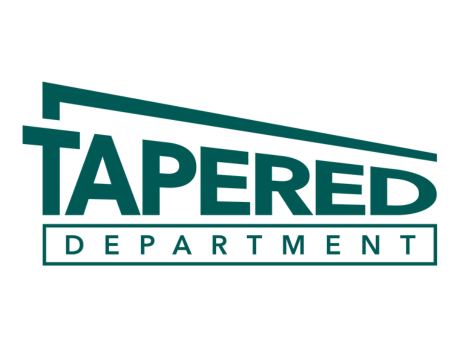Determining Minimum R-Values on Tapered Insulation Systems
According to the 2021 International Energy Conservation Code (IECC), under Insulation Requirements, the building thermal envelope shall meet the requirements of Tables C 402.2 based on the climate zones shown below:

Question:
How does this affect R-Values on a Tapered Insulation System?
Answer:
The R-Values shown above are the minimum R-Values required to meet Code requirements. Since a Tapered Insulation system will increase thickness away from the low points, the overall system R-Value will exceed the Prescriptive R-Value requirements.
Question:
Does an Average R-Value that meets the Prescriptive requirement satisfy Code standards?
Answer:
No. The terminology “Average R-Value” for tapered systems is an outdated term and not recognized by the IECC.
Question:
Does building code allow for a change in R-value when using sumps?
Answer:
There is an exception provided that allows the minimum thickness to be up to 1″ less than the prescriptive R-Value (at ¼” per foot slope) as long as the system R-Value meets or exceeds that Prescriptive R-Value.
Example:
Zone 6 requires an R=30 minimum, which is 5.2″ thick. This exception will allow the minimum thickness to be 4.2″ at the low point, or 5.2″, 4′ away from the drain on a ¼” per foot tapered system.
IECC 2021, SEC. C402.2 ROOF ASSEMBLY
Exception 2 Allows A 1-Inch Insulation Thickness Variation




